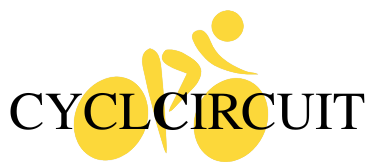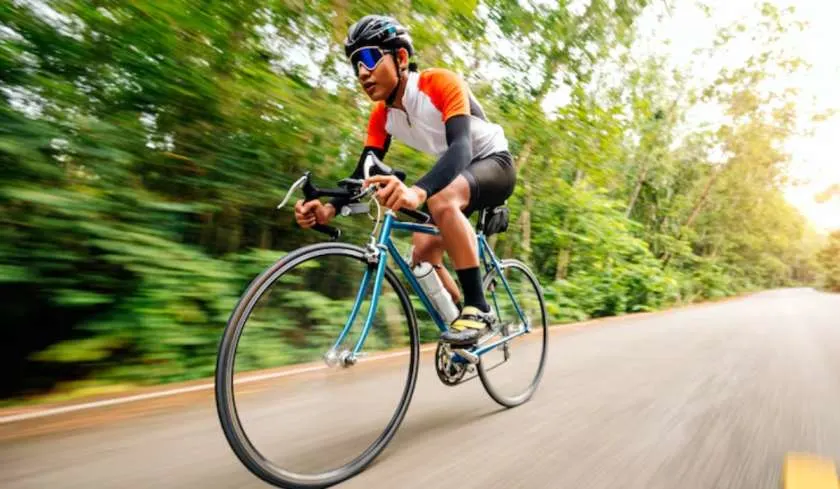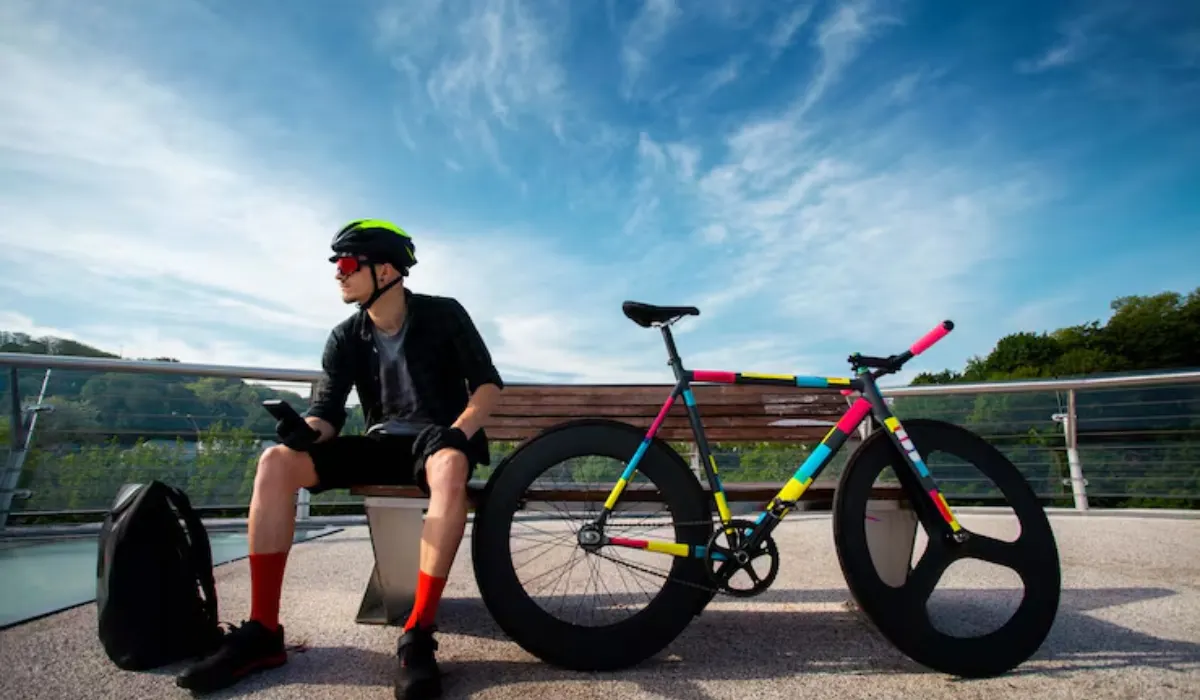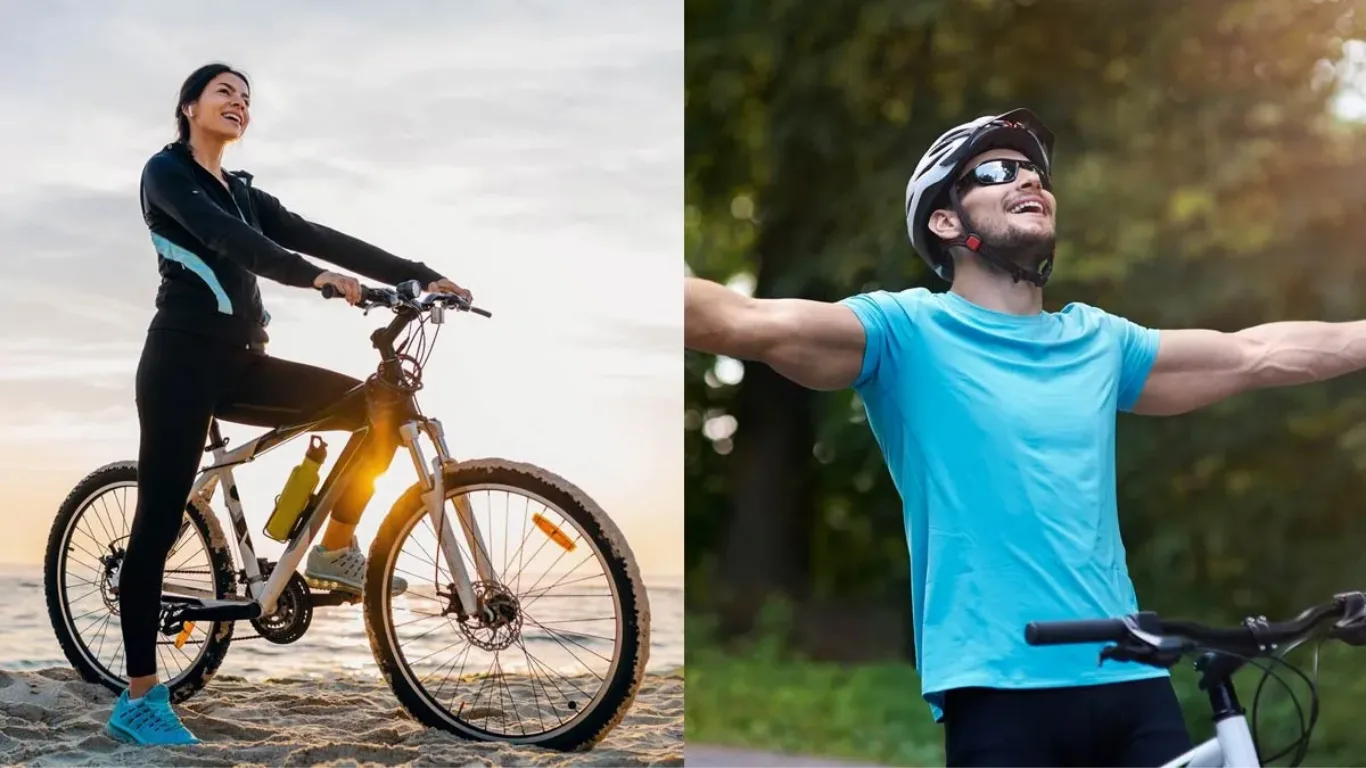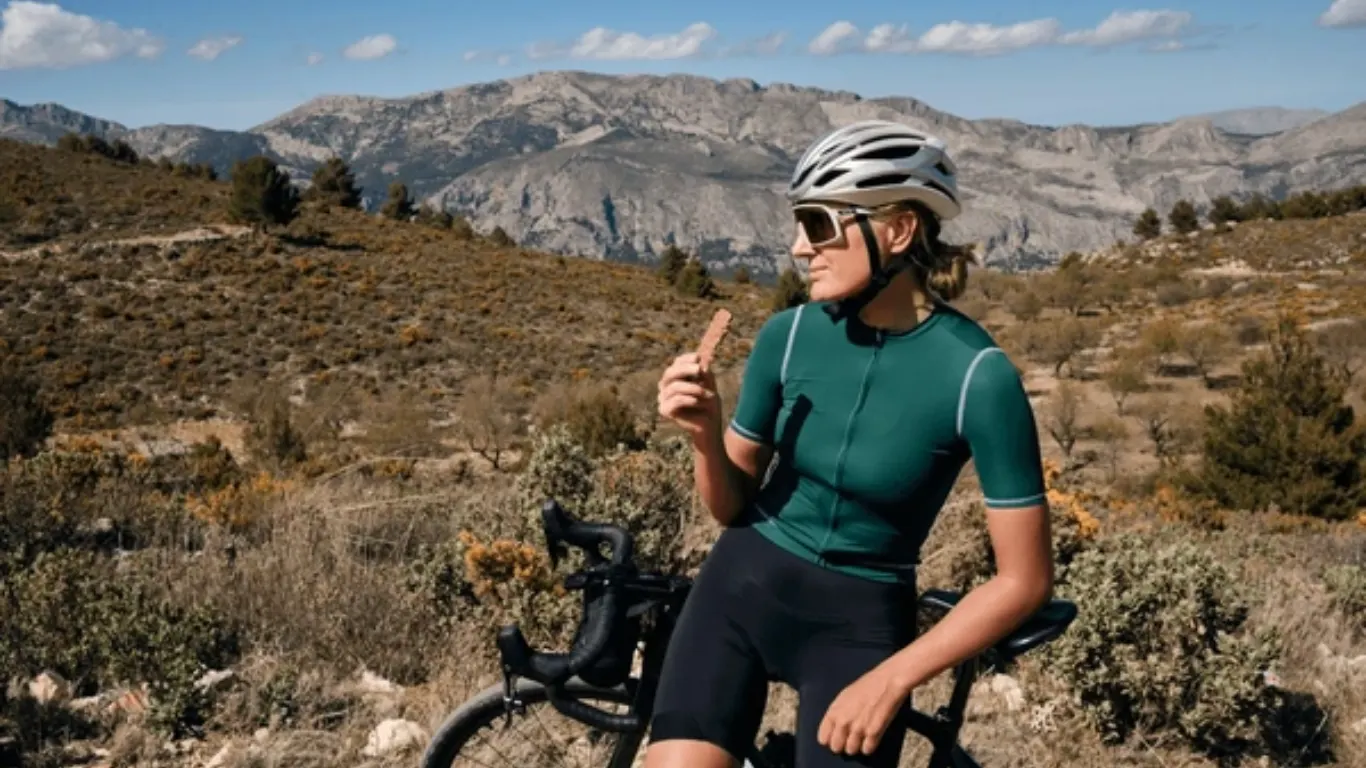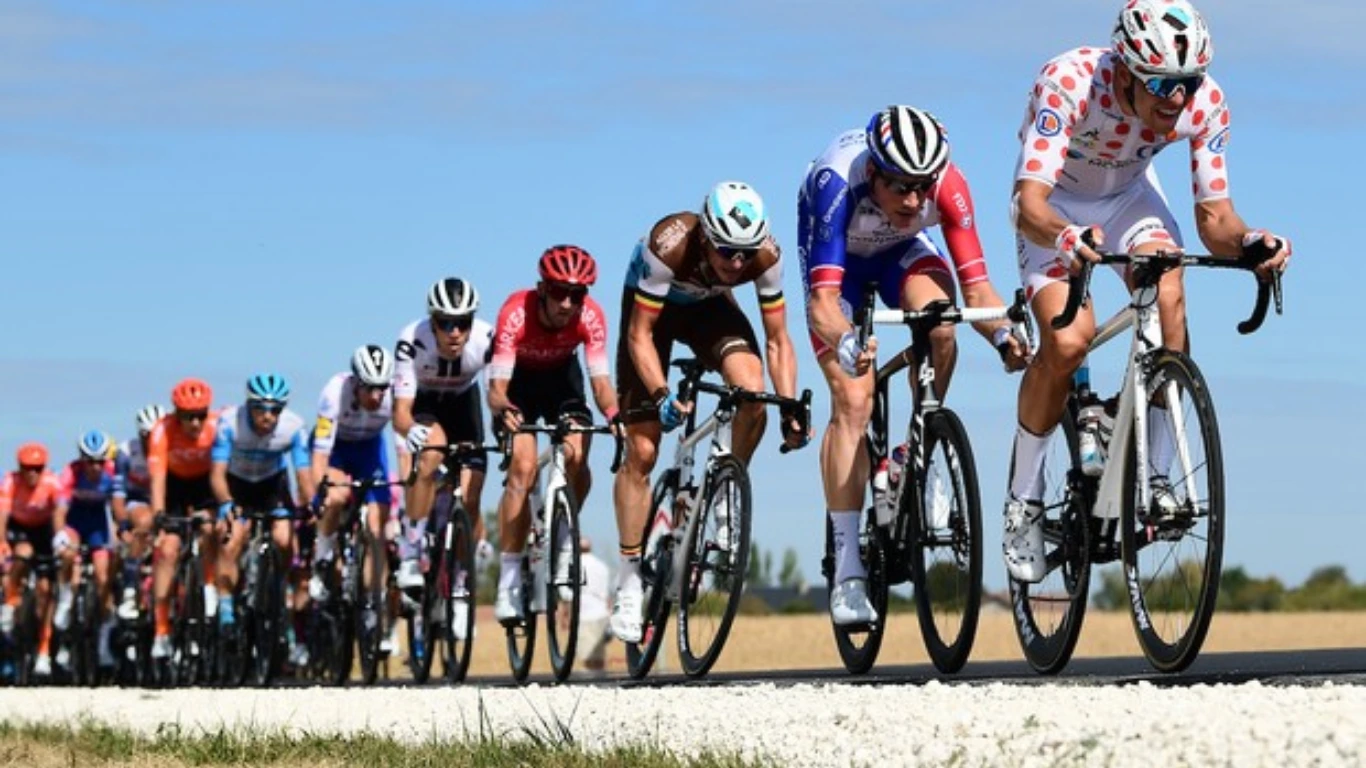Over the last few years more and more bike fitters and cycling coaches have begun to tout glute activation and “core strength” as being the foundations for performance on the bike. While this is certainly a step in the right direction, they are missing 2 massive components of performance:

Appropriate stiffness at the spine for upper body movement
- Learning how to produce appropriate stiffness at the spine for upper body movement.
- Gaining strength through range of motion at the hip.
Today we take a quick look at the first of these two integral pieces, and give you a few exercises to utilize to help you move towards better movement and trunk stiffness.
As cyclists, we tend to put a lot of our training emphasis on where we often feel the demands of our sport most: the legs. However, while anatomy 101 and many well meaning trainers and coaches may teach that movement occurs as a body part or segment of the body only, in fact, our body is tied together in full.
This is accomplished through an incredible tissue of the body called fascia, as well as through the complex motor-control patterns which our brain works with. I won’t go into the fascial system here, but if you’d like to learn more I strongly recommend picking up Thomas Myer’s foundational book “Anatomy Trains”.
Better movement through upper body integration
Over the last 10 years or so, I’ve been coaching riders to integrate the “McGill Big 3” into their strength & daily routines, in an effort to build a better, more durable back and spine. However, this is just one part of the equation, and is far from a “magic potion”.
The other side of the equation for healthy, asymptomatic backs, is to build better movement patterns, motor control patterns, and improve tissue quality for better strength, and more importantly strength-endurance, through range of motion. While for each rider’s needs and movement patterns it will depend which exercises will work, 3 of the exercises that tend to work more often than not are:
Foam Rolling the Lats
[embedded content]
Reach Roll Lift
[embedded content]
Wall Scap slides
[embedded content]
The key with all of these exercises is small, focused, technically proficient repetitions, every single time.
This is incredibly challenging for the Reach, Roll, Lift, as it requires a neutral spine, good hip positioning, and the ability to appropriately brace the entire 360 degree abdominal hoop (what many call “the core”), while getting movement from the mid-back- something many cyclists struggle with.
Meanwhile, the wall scapular slides are a fantastic challenge for the pelvic floor, thoracic (upper back) mobility, and mid back strength.
Take your time for each of these and focus on 2-3 sets of just 20-30 seconds each side for the foam rolling, and 1-2 sets of 3-5 for the reach, roll lift and wall scapular slides. Again, technique is everything.
Take a pause here from reading, and go through 1 set of each of the above exercises, and then come back and finish reading. This is important, as it will help you far better understand the impact of the last part of today’s article.
Better breathing through lats
Now that you’ve given those exercises a shot (you did stop reading and try them, right?), we’re going to see how good breathing patterns can significantly impact and improve movement.
The effects of great breathing patterns are far above and beyond simply maximizing your tidal volume (fancy words for how much air you take in). Great breathing patterns can:
- Greatly improve your internal (hormonal) environment through reduction of “stress hormones.”
- Act as a lubricant for joint motion. For cyclists in particular we look at the thoracic spine, and the numerous joint of the ribs at the spine.
- Help ‘massage’ the psoas (as it passes through the diaphragm.
- Decrease your recovery times between efforts.
I don’t know about you, but if just learning how to breathe better can do this, I’d make 10 minutes a day to work on it. Some of the cyclists who have gone through my 12 week base strength training programs have seen significant improvements in their recovery time between efforts on the bike drop by as much as 30%, in as little as 2 weeks into the program. And these are established riders!

Heavy breathing in la Vuelta
Improving Through Breathing
A great, relatively simple, but not easy, breathing exercise to help you improve resting length and range of motion at the lats, as well as begin to work on your hip “mobility”, is the Half Kneeling Banded Lat Stretch.
This single exercise can serve as an exposé of the upper body, and the major limitations it faces. Take your time going through this exercise, and note that you’ll need a 2-3 inch band, anchored up high, and that you should be keeping your arm and hand relaxed as you go through each breath. Hinge back into the hip, activating the front hamstring and feeling your feet engage with the floor as you go through each breath. 1-2 sets of 4 long, slow inhale through the nose – thinking about filling your mid and lower back with air – and out through the mouth with a relaxed jaw, should be more than enough.
There should be no pain (sharp, tingling, ache, strain, etc) through the exercise. Finish all breaths and repetitions on 1 side, stand up, reset, and then do all repetitions on the other side.
Half kneeling banded lat stretch
[embedded content]
Conclusion
Practice these 4 exercises, along with the McGill Big 3, three to five days per week, listening to your body, and doing the least amount possible, where you are feeling progress. This may mean starting at a single set of 2-3 repetitions, and staying there for a few weeks until the body adapts.
Keep at the top of your mind that the muscles have 3 jobs in the body, with the first being to protect a joint. Do not look for fast progress. Instead break it down into 2 week segments, looking for small, consistent improvements week to week.
Next month we’ll get into part 2 of the equation, Training for Power Part 2: Spine Stability + Hip Mobility.
If you’d like to join the 12 week home strength training for cyclists base program, there is a new group starting December 6, 2020. The program includes 1x month live group video calls to go over any questions, and a dialed-in on-bike program can be purchased as well. If you’d like to join the next cohort, email me at: [email protected].
